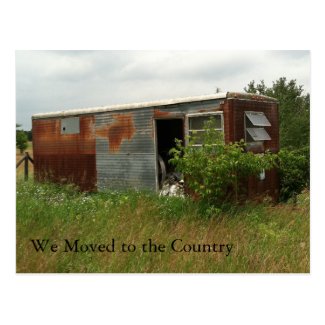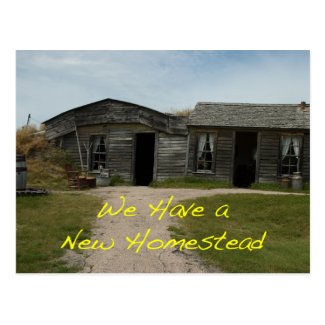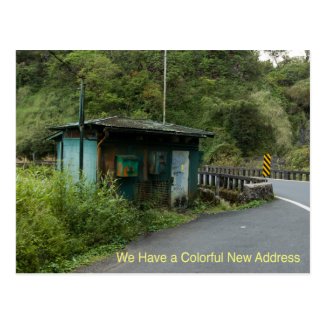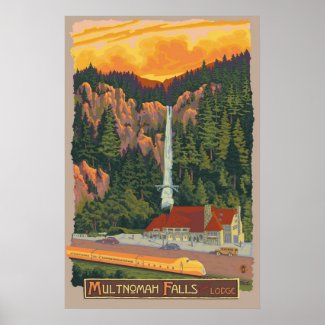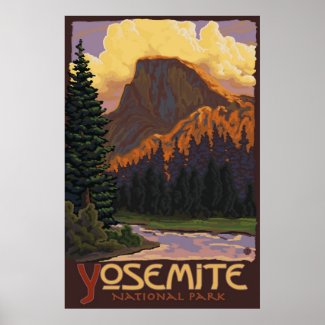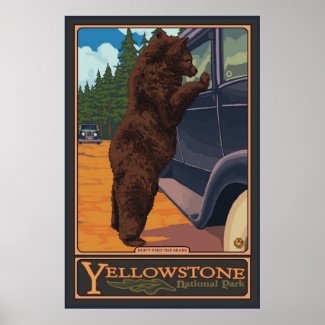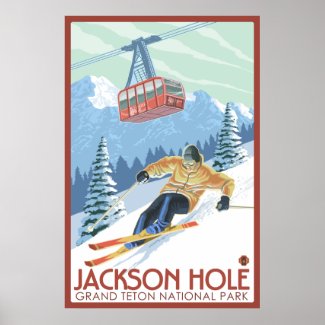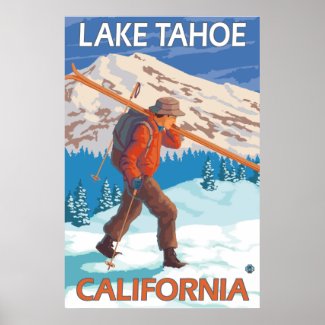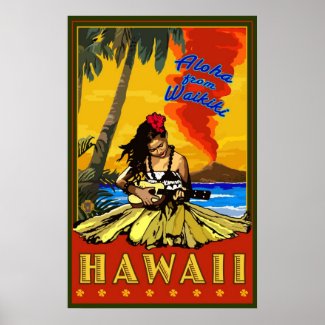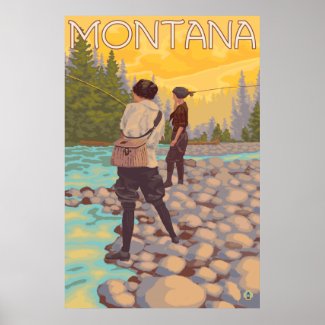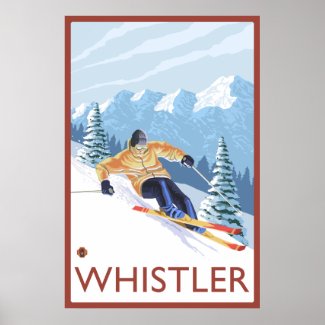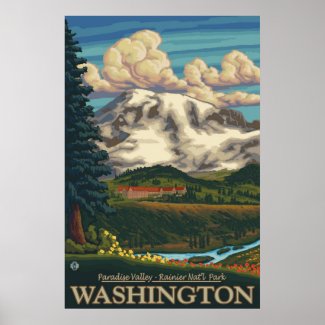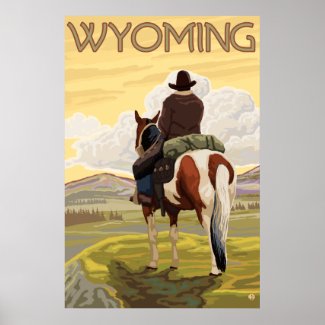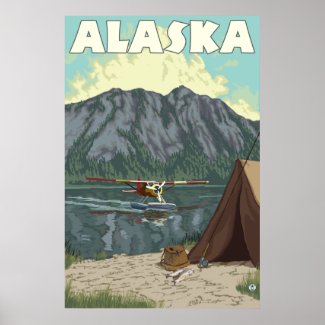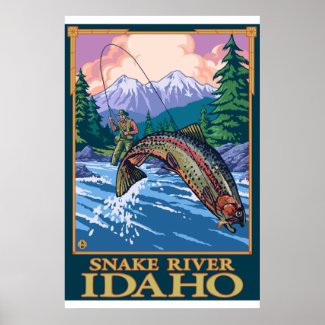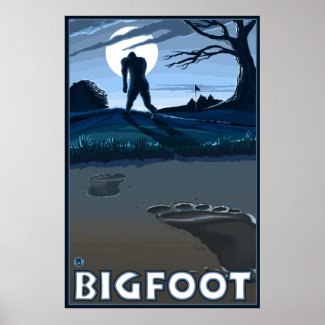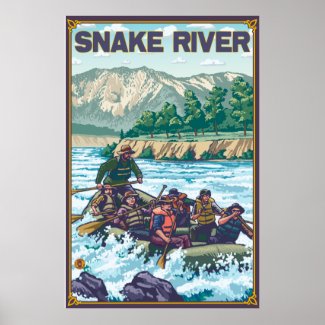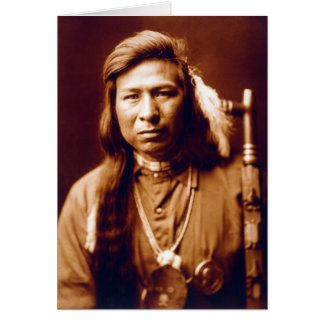Of them all, Geronimo is the name most recognized today, over 100 years after his death – perhaps appropriate, given that his small band was the last of the independent Indian1 warriors who had refused to accept the United States occupation of the American West.
With a well-known historical figure such as Geronimo, there is a wealth of information – and misinformation – available online. Rather recreating any of that here, I will simply offer Geronimo’s Story of His Life, published posthumously in 1915, opening on page 17, Chapter III, Early Life:
1According to a 1995 U.S. Census Bureau set of home interviews, most of the respondents with an expressed preference refer to themselves as “American Indians” or simply “Indians”; this term has been adopted by major newspapers and some academic groups, but does not traditionally include Native Hawaiians or certain Alaskan Natives, such as Aleut, Yup’ik, or Inuit peoples. (Wikipedia)
Haw Creek Reflections provides background information and links for images used for products in our Zazzle store.
Click on image to see related products.
Additional Information
Apache (Just a sample of what’s available on a Google search on “Apache tribe”)
- Indians.org
- Wikipedia
- White Mountain Apache Tribe
- Apache Tribe of Oklahoma
- Yavapai-Apache Nation
- Inter Tribal Council of Arizona
- Lipan Apache tribe of Texas
- Jicarilla Apache Nation
- Texas State Historical Association
American Indians
- National Congress of American Indians
- National Museum of the American Indian
- Indians.org
- American Indian College Fund
- Native Americans in the United States (Wikipedia)
- Indigenous peoples of the Americas (Wikipedia)
- and more from Google search on American Indian













